The seahorse is a fish named for it’s terrestrial likeness – the horse! These aquatic creatures turn the average person’s idea of a “fish” on its head. Read on to learn about the seahorse.
Description of the Seahorse
Seahorses are an upright fish. Rather than a head out front and a tail in back, these creatures “stand” in the water column. They have a horse-shaped head, with a long snout and puckered mouth. They swim using the dorsal fin on their backs, and steer using the pectoral fins on either side of their heads. Seahorses have a long prehensile tail, which is used to hold on to corals, seagrasses, and other surfaces.
Interesting Facts About the Seahorse
These curious creatures are adapted to life in a unique fashion, with an interesting body shape that simply can’t be replicated in any other fish species. This division from the norm gives them a number of noteworthy traits.
- A Horse Only in Appearance – Seahorses’ heads look like horses’ heads, and that is about where the similarities end. Horses are athletic, and well adapted to swift travel across land. Seahorses do not hold the same adaption in the sea, in fact they are very poor swimmers. Instead, they rely upon their prehensile tails to keep them from being swept away.
- Baby Daddy – Seahorses are the only known animals in which the male carries the unborn offspring. The female deposits the fertilized eggs inside the male seahorse’s pouch, and the male fertilizes the eggs. The eggs remain in Dad’s pouch until they hatch, and he will give birth to fully formed, miniature seahorses.
- Monogamous Men – Some species of seahorses are known to mate for life, or at least maintain the same mating pair throughout the entire breeding season. This trait is extremely rare in fish, and though not all seahorse species are monogamous, it is incredibly unique in the groups that engage in this breeding practice.
- Within Striking Range – It is believed that seahorses’ unique head shape is essential in ambushing the tiny zooplankton they hunt. The seahorse hunts by slowly stalking its miniature prey, before quickly snapping its head to the side, and sucking it up.
Habitat of the Seahorse
Seahorses prefer shallow, protected waters. Seas with heavy currents or tides can sweep these tiny creatures away, so they tend to inhabit calm waters. Seahorses can frequently be found in seagrass beds, coral reefs, estuaries, and mangroves. They live in tropical and temperate oceans across the world.
Distribution of the Seahorse
There are 54 known species of seahorse, and these species can be found across the world. In the Pacific Ocean, they can be found from the coast of the North America, to the coast of South America. In the Atlantic Ocean, they can be found from the coast of Canada, to South America. Some species have been found off the coasts of Europe, and in the Mediterranean Sea.
Diet of the Seahorse
Seahorses hunt small crustaceans, and mysid shrimp are their most common prey. They have also been known to eat small invertebrates and fish larvae. They employ a hunting method called pivot feeding, in which they creep up on prey and quickly turn their heads to suck them up.
Seahorse and Human Interaction
Humans pose a direct threat to seahorse survival, and we lack the research to determine accurate rates of population decline. These sea animals are frequently victims of bycatch from other fishing industries. They are also being directly impacted by the loss of seagrasses and corals, caused by pollution and ocean acidification.
Seahorses are also wild-caught for hobby aquarists, despite their low survivability. Captive-bred individuals are much more likely to survive than those stressed by capture and transport. These fish are also frequently captured for use in traditional Chinese medicine.
Domestication
Seahorses have not been domesticated, but some species have been successfully bred in aquariums.
Does the Seahorse Make a Good Pet
Seahorses bred in aquariums can make good pets, but only to the experienced aquarist. Maintaining a saltwater aquarium is costly and time consuming. They cannot be handled in any way, and are strictly decorative as a pet.
Seahorse Care
Seahorses are particularly difficult to care for, and can become sick or die when exposed to slight variations from their natural environment. They need specific temperature, water flow, salinity, light, pH, ammonia, and nitrite levels to survive.
Behavior of the Seahorse
Seahorses spend much of their time hunting. They cruise slowly through the water searching for small crustaceans, employing built-in camouflage. They can change color readily, which is useful for blending in with their environment. They also change color while searching for a mate. During the breeding season, seahorses perform courtship dances to find suitable partners.
Reproduction of the Seahorse
Once a seahorse finds a mate, he begins a lengthy final courtship dance. This dance can last eight hours or longer, and culminates in reproduction. The pair will drift upwards, and the female deposits her eggs into the male’s pouch. The male fertilizes these eggs, and then carries them until they hatch, usually after two to four weeks. The male will then give birth to many seahorse babies, anywhere from hundreds to thousands.
Beliefs, Superstitions, and Phobias About the Seahorse
Traditional Chinese medicine employs the consumption of dried seahorses as a cure for a number of ailments. Dried seahorses are eaten to cure wheezing, impotence, as a general painkiller, and even to induce labor. It is estimated that as many as 20 million seahorses are sold as traditional Chinese medicine each year.

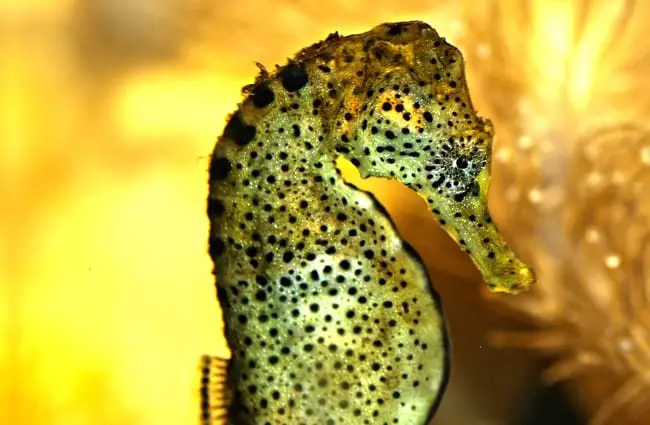

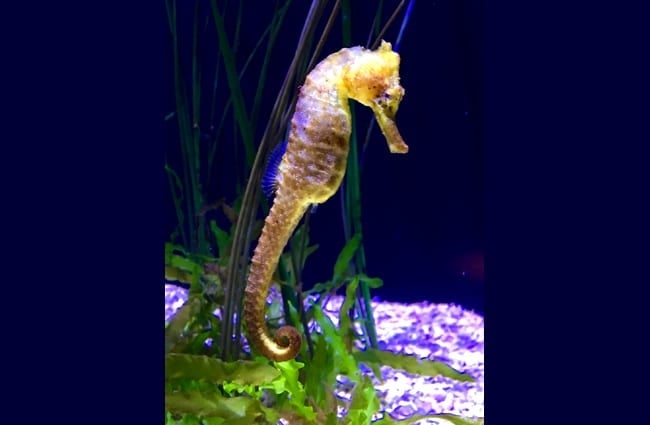
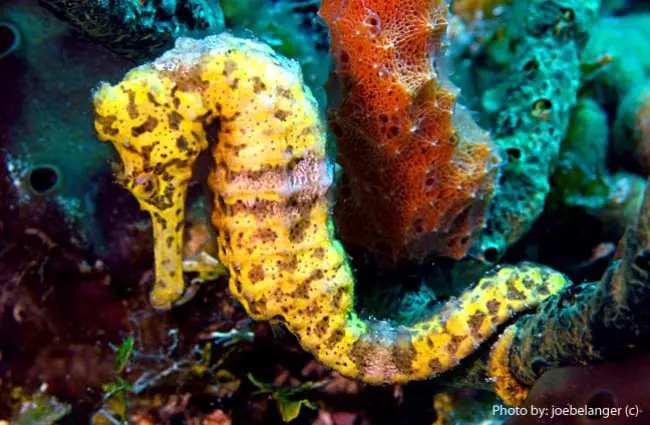
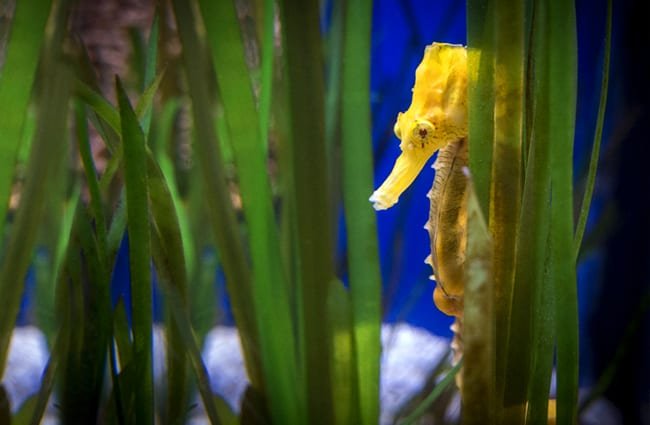

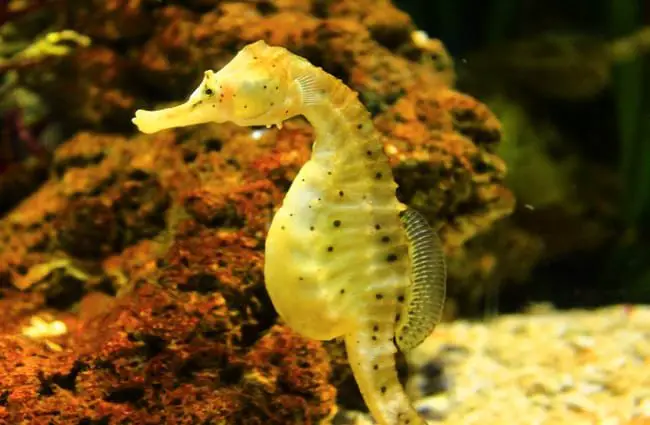
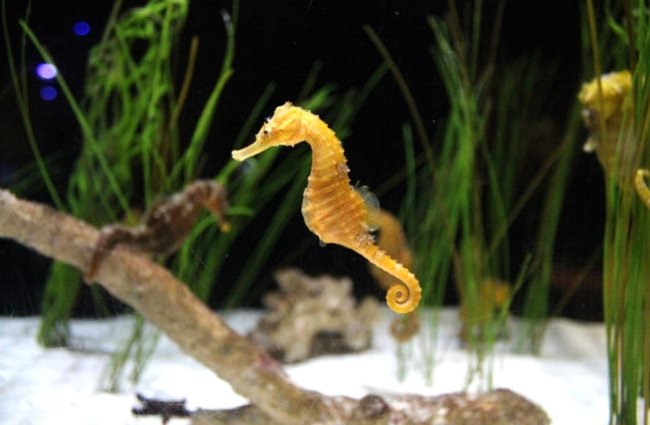
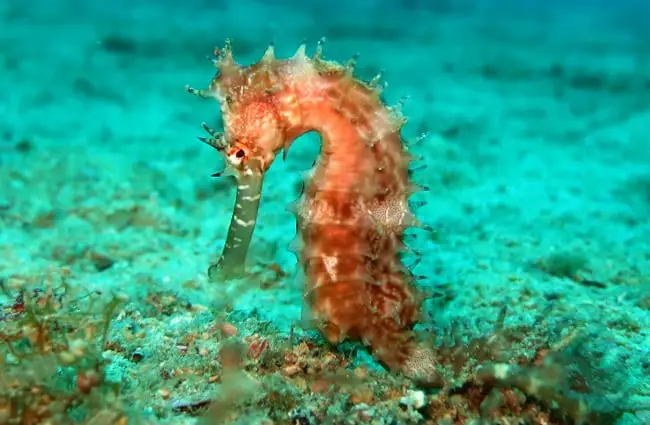
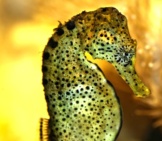
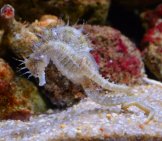

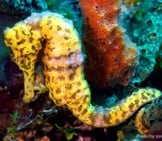
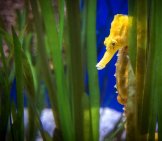
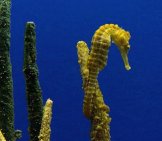

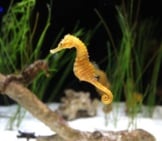

![Red Angus Closeup of a beautiful Red Angus cowPhoto by: U.S. Department of Agriculture [pubic domain]https://creativecommons.org/licenses/by/2.0/](https://animals.net/wp-content/uploads/2020/03/Red-Angus-4-238x178.jpg)












![Red Angus Closeup of a beautiful Red Angus cowPhoto by: U.S. Department of Agriculture [pubic domain]https://creativecommons.org/licenses/by/2.0/](https://animals.net/wp-content/uploads/2020/03/Red-Angus-4-100x75.jpg)

